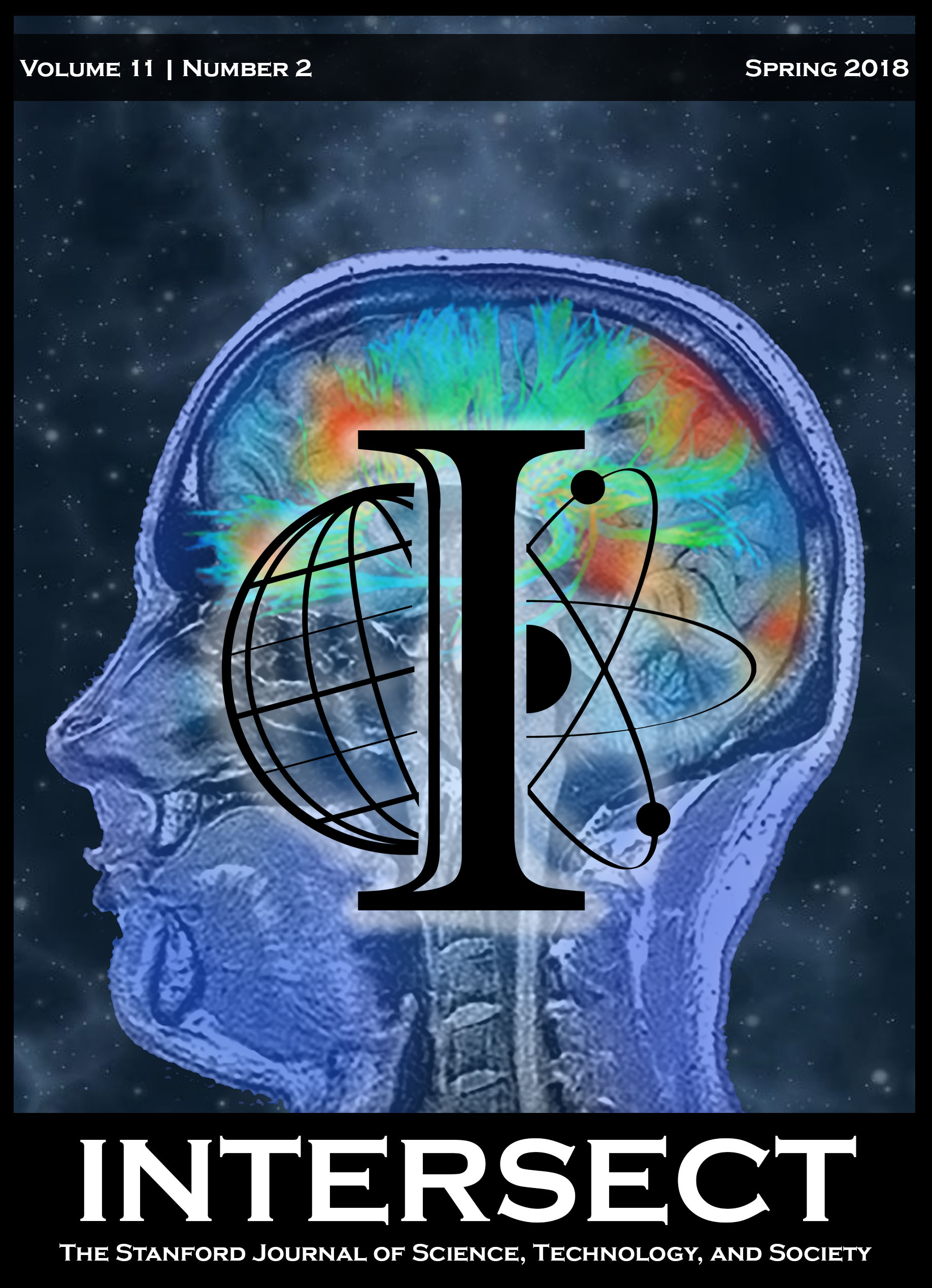Data-Driven, Automated Healthcare
Its Promise, Challenges, and Regulatory Playing Field
Abstract
The future of data-driven, automated healthcare holds both a lot of promise and uncertainty. It is promising because of its ability to make precision medicine and practice-based medicine truly a reality. It is uncertain because the regulatory playing field for this emerging industry has yet to pan out. To date, the US Food and Drug Administration (FDA) still considers health information technology (HIT) software as a medical device. So far the FDA does not subject HIT software to as much regulatory scrutiny as traditional medical devices undergo, but has been criticized for using an outdated regulatory framework to govern modern health technologies. As such technologies become increasingly more prevalent and its capabilities much more salient, potentially affecting the lives of hundreds of millions, will the FDA be able to 1) handle the onslaught of new companies and regulatory burden 2) mitigate risks to public health while promoting innovation?
This paper will first discuss the potential of data-driven, automated healthcare and examples of what it currently is and may become (Section I), followed by an explanation of current regulations and why it has its limitations (Section II), exploration of newly proposed legislations (Section III), and finally recommendations to implementing a smarter regulatory environment for AI-driven healthcare in the future (Section IV).
Downloads
Published
Issue
Section
License
Authors who publish with this journal agree to the following terms:- Authors retain copyright and grant the journal right of first publication with the work simultaneously licensed under a Creative Commons Attribution License that allows others to share the work with an acknowledgement of the work's authorship and initial publication in this journal.
- Authors are able to enter into separate, additional contractual arrangements for the non-exclusive distribution of the journal's published version of the work (e.g., post it to an institutional repository or publish it in a book), with an acknowledgement of its initial publication in this journal.
- Authors are permitted and encouraged to post their work online (e.g., in institutional repositories or on their website) prior to and during the submission process, as it can lead to productive exchanges, as well as earlier and greater citation of published work (See The Effect of Open Access).

